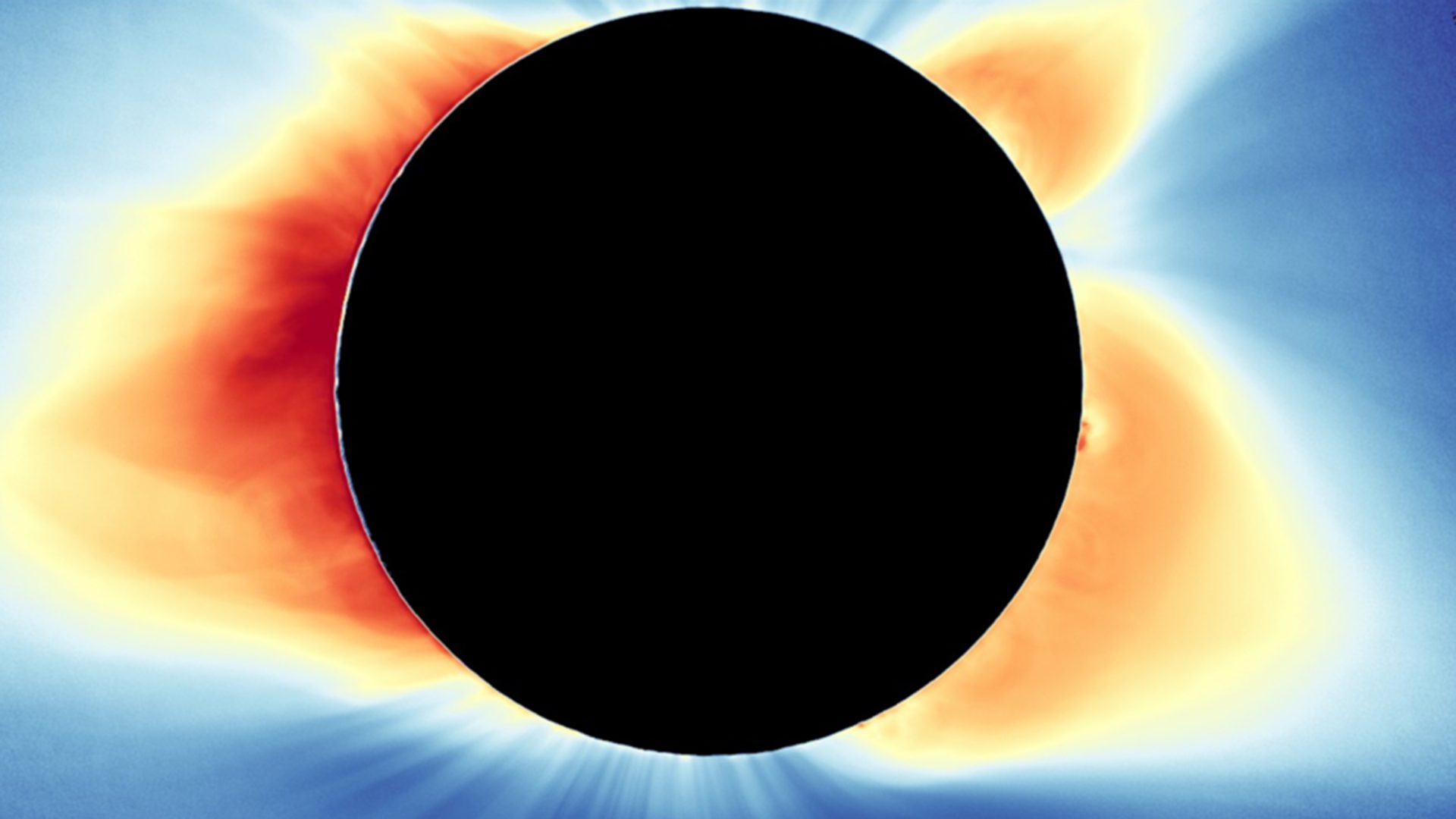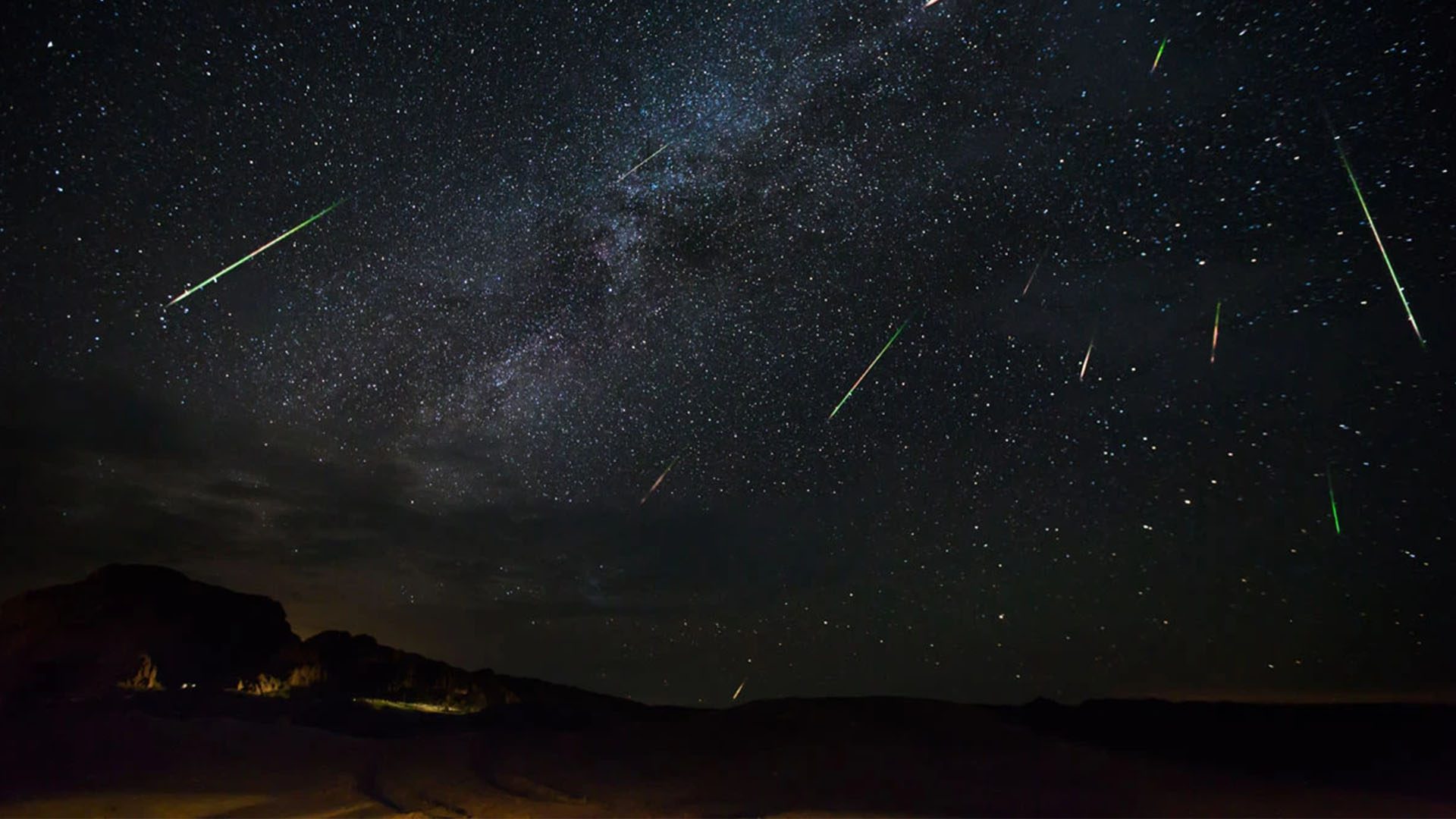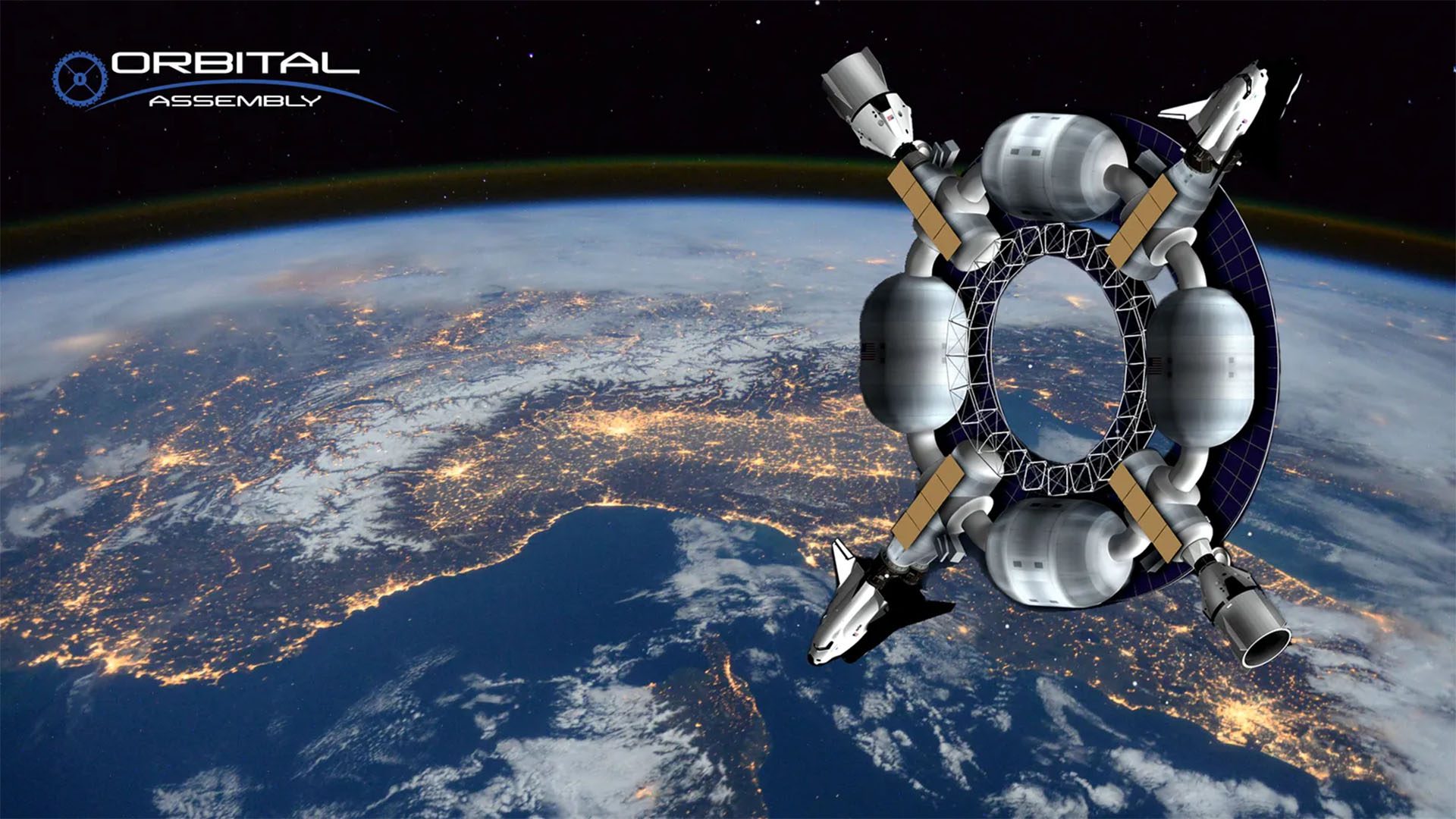On April 8, 2024, a total solar eclipse will completely darken skies across the United States as the Moon blocks the light of the Sun. The path of totality will be an average of 123 miles wide, running from northern New England to southwest Texas. The duration of totality will vary depending on viewers’ location, with as many as four and a half minutes in Texas.
In addition to casting a breathtaking shadow over millions of people, this solar eclipse gives scientists a unique opportunity to study the Sun, Earth, and their interactions. Correspondingly, NASA will fund five interdisciplinary science projects for the eclipse. As Peg Luce, acting director of the Heliophysics Division in the Science Mission Directorate at NASA Headquarters, explains, “We’re excited to see what these new experiments will uncover about our Sun and its impact on Earth.”

Chasing the Eclipse with NASA’s High-Altitude Research Planes
Using NASA’s WB-57 high-altitude research aircraft, one project will take pictures of the eclipse from an altitude of 50,000 feet above the Earth’s surface. The team hopes that the images will provide new details of structures in the middle and lower corona of the sun. Additionally, they could help study a dust ring around the Sun and search for nearby asteroids.
Airborne Imaging and Spectroscopic Observations of the Corona
The WB-57 will also fly cameras and spectrometers along the eclipse path to learn more about the temperature and chemical composition of the corona and coronal mass ejections. The team hopes to extend the camera’s time in the Moon’s shadow by over two minutes which will ideally provide new insights into the corona’s structures and the source of the Sun’s solar wind. The solar wind is the constant stream of particles emitted by the Sun.

‘Listening Party’ for Amateur Radio Operators
In the electrically charged ionosphere, which is in an upper region of our atmosphere, radio communications can travel long distances. However, when the Moon blocks the Sun during a solar eclipse, the ionosphere can change dramatically and affect those communications. During the 2024 Solar Eclipse, Solar Eclipse QSO Parties will occur, where radio operators are invited to make as many radio contacts as they can with other operators. The radio operators will record how strong their signals are and how far they go to observe how the ionosphere changes during the eclipse.
Solar Radiation’s Effects on Earth’s Upper Atmosphere Layers
The eclipse shadow will pass across several locations equipped with Super Dual Auroral Radar Network (SuperDARN) radars, which monitor space weather conditions in the upper layers of Earth’s atmosphere. This project will use three SuperDARN radars to gather data from the ionosphere to help answer questions about how the ionosphere reacts to a solar eclipse.
Bringing the Sun’s Magnetic ‘Hot Spots’ Into Sharper Focus
This project will observe solar “active regions,” or magnetically-complex regions that form over sunspots, as the Moon moves over them. Because the Moon’s gradual passage across the Sun blocks different portions of the active region at different times, scientists can distinguish light signals that come from one portion versus another. The team will use a 34-meter Goldstone Apple Valley Radio Telescope to measure subtle changes to the radio emissions from those active regions.





